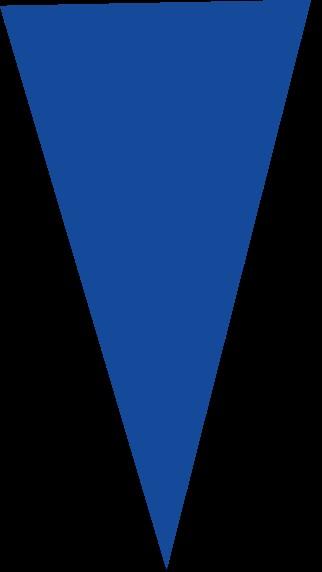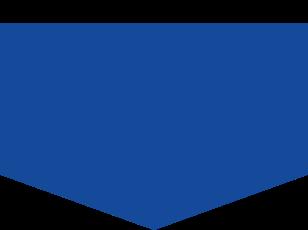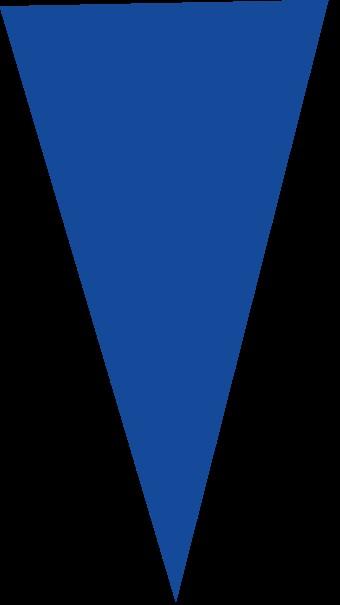




(2025–2032)
Comprehensive insight into regional dynamics, growth drivers, and market segmentation.







The global ice melt salt market size was valued at USD 3.12 billion in 2024. The market is projected to grow from USD 3.34 billion in 2025 to USD 4.34 billion by 2032, exhibiting a CAGR of 4.8% during the forecast period.
Ice melt salt refers to specialized chemical compounds used to melt ice and snow on surfaces such as roads, sidewalks, and driveways. These products primarily include sodium chloride (rock salt), calcium chloride, magnesium chloride, and potassium chloride, which lower the freezing point of water to prevent hazardous icy conditions. The demand varies across applications including municipal road maintenance, aviation, ports, and residential use.







The market growth is driven by increasing gold mining activities, particularly in Asia-Pacific and Africa, where cyanide leaching remains the dominant extraction method. However, environmental concerns and stringent regulations pose challenges to market expansion.

























The global ice melt salt market is experiencing substantial growth driven by the increasing need for safe winter road maintenance across cold climate regions. With extreme winter conditions becoming more frequent in North America and Europe, governments are allocating over $2.5 billion annually for snow and ice control programs. This includes significant investments in advanced de-icing materials like liquid ice melt formulations, which offer faster action and better surface adhesion compared to traditional rock salt. Municipalities are increasingly adopting pre-treatment strategies before snowstorms, creating consistent demand throughout winter seasons. Improved transportation infrastructure budgets in developing nations further contribute to market expansion.




The development of smart de-icing systems represents a transformative opportunity for market players. Nextgeneration technologies combining IoT pavement sensors, predictive weather analytics, and automated spreader controlscanreducesaltusageby25-50% while maintaining safety standards. Severalstatetransportationdepartments are piloting these systems, with early adopters reporting 30% lower material costsandreducedenvironmentalimpact.
As these solutions prove their ROI, broader adoption across municipal and commercialsectorsappearsimminent.



Liquid ice melt formulations now account for nearly28%ofthemarket,upfrom19%in2020, due to their superior pretreatment capabilities and reduced application volumes. These solutions—often enhanced with corrosion inhibitors—offer precise calibration through automated spray systems, minimizing overspreading and waste. While their higher upfront cost remains a barrier, lifecycle cost analyses show a 15-20% reduction in total winter maintenance expenses for adopters, fuelingadoptioninairportsandhighwayswhere precision is critical. Recent innovations include beet juice-infused brines, which lower the effective working temperature to -30°F while being90%lesscorrosivethantraditionalsalts.



The North American ice melt salt market is driven by harsh winter conditions and robust infrastructure maintenance budgets, particularly in the U.S. and Canada. States like Minnesota and Michigan account for over 35% of total U.S. consumption due to prolonged sub-zero temperatures. Municipalities increasingly favor blended and pre-wetted formulations that minimize environmental impact while improving de-icing efficiency. However, concerns about chloride runoff contaminating freshwater systems have led to stricter regulations in several states, pushing manufacturers toward more eco-friendly alternatives. Major players like Compass Minerals and Morton Salt dominate the market, leveraging extensive distribution networks.
Europe's market prioritizes sustainable de-icing solutions, with Nordic countries and Germany leading in adoption rates. The EU's Salt Smart initiative has reduced average annual salt usage by approximately 20% since 2018 through optimized application technologies. Beet juicebased and potassium acetate blends are gaining traction due to their lower environmental persistence. Strict EU regulations on water contamination drive innovation, though higher costs remain a barrier for widespread adoption. The UK's shift toward preventive liquid anti-





■Compass Minerals (U.S.)
■Cargill (U.S.)
■Green Earth Deicer (Canada)
■Maine Salt (U.S.)
■Peters Chemical Company (U.S.)
■Rock Salt USA (U.S.)
■Kissner Group (Canada)

These companies represent some of the major key players driving innovation and growth in the market, contributing significantly to global supply and competitive dynamics.

Founded in 2015, 24chemicalresearch is a trusted name in global chemical industry intelligence. We specialize in delivering high-quality market research reports, empowering over 30+ Fortune 500 clients with data-driven insights for strategic growth.

Our team of experienced analysts delivers customized, reliable, and timely research backed by a rigorous methodology. From mining regulatory trends to forecasting market opportunities, our reports help companies navigate industry challenges, stay competitive, and grow confidently.

As a one-stop platform for the chemical sector, we offer:
■Deep specialization in chemical market analysis
■Customized reports tailored to your needs
■A robust portal with free samples, consulting, and competitive insights

www.24chemicalresearch.com















